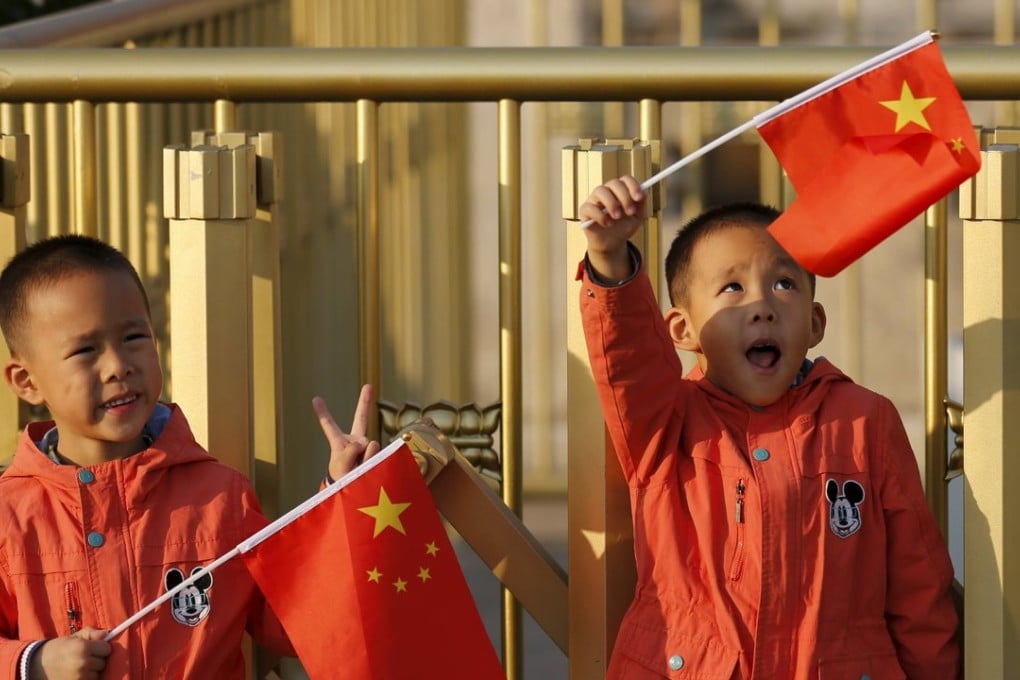Two children will be better than one for China’s economy
Keyu Jin says Beijing’s shift to a two-child policy will have far-reaching social effects but could also help put the economy on a more stable long-term growth path by boosting domestic consumption

The announcement that China is terminating its one-child policy marks the end of a 37-year historical aberration that has accelerated the country’s demographic ageing by decades. The social and economic consequences of the drastic population controls, which reduced the average fertility rate in urban households from about three in 1970 to just over one by 1982, have been dramatic. The question now is whether, and to what extent, the country’s new two-child policy will mitigate those consequences.
READ MORE: China’s new two-child policy legislation formally comes into force
In fact, the impact of the two-child policy is likely to be just as far-reaching – and much more positive. This is especially true in the long term. A key reason is that an increase in the number of children per household will force a reduction in the aggregate savings rate, fulfilling a long-standing macroeconomic goal.

As retirees outnumber working-age people, the pressure on today’s younger generation will intensify
So far, economists have focused largely on the impending shifts in China’s demographic structure. Driven by the one-child policy, the share of China’s population under the age of 20 fell from 51 per cent in 1970 to 27 per cent by 2010, while the share of people aged 60 and up rose from 7 per cent to 14 per cent. As a result, the median age increased from about 20 to 35.
As retirees increasingly outnumber working-age people, the pressure on today’s younger generation will intensify. In the coming years, each member of the post-1980s one-child generation will need to support two older people, on average.

Although this will be tough on the one-child generation, an unintended side effect will be a surge in consumption, as its members will have little choice but to spend a lot more. A comparison of families that had twins under the one-child policy and those that had just one child offers an indication of the scale of the change (though the inability of twins’ parents to spread out consumption spending over time means that it is not a perfect representation). In terms of saving, urban households with two children saved 12.8 per cent of their incomes, on average, in 2009, compared to 21.3 per cent in families with an only child. The difference is large across all income groups.
